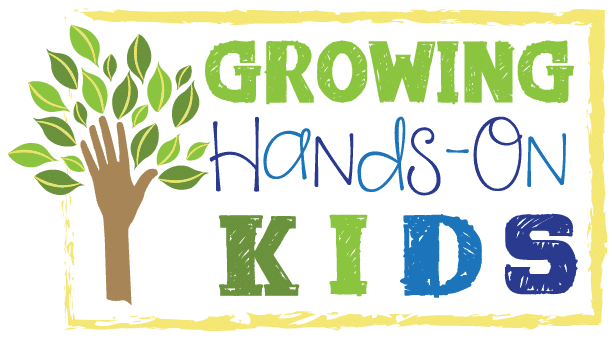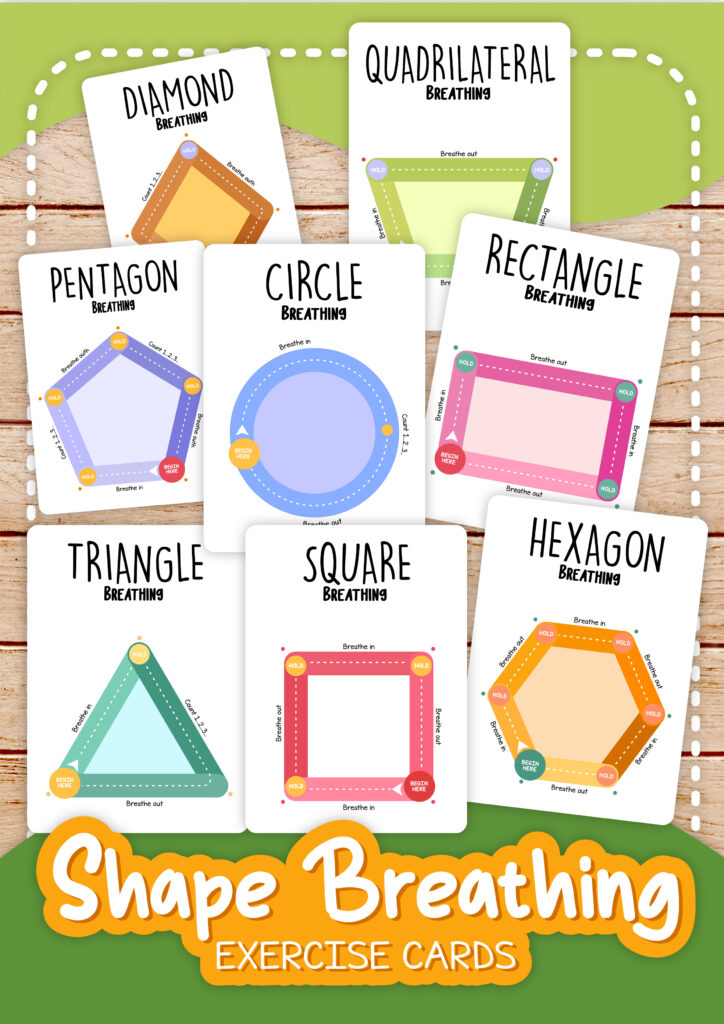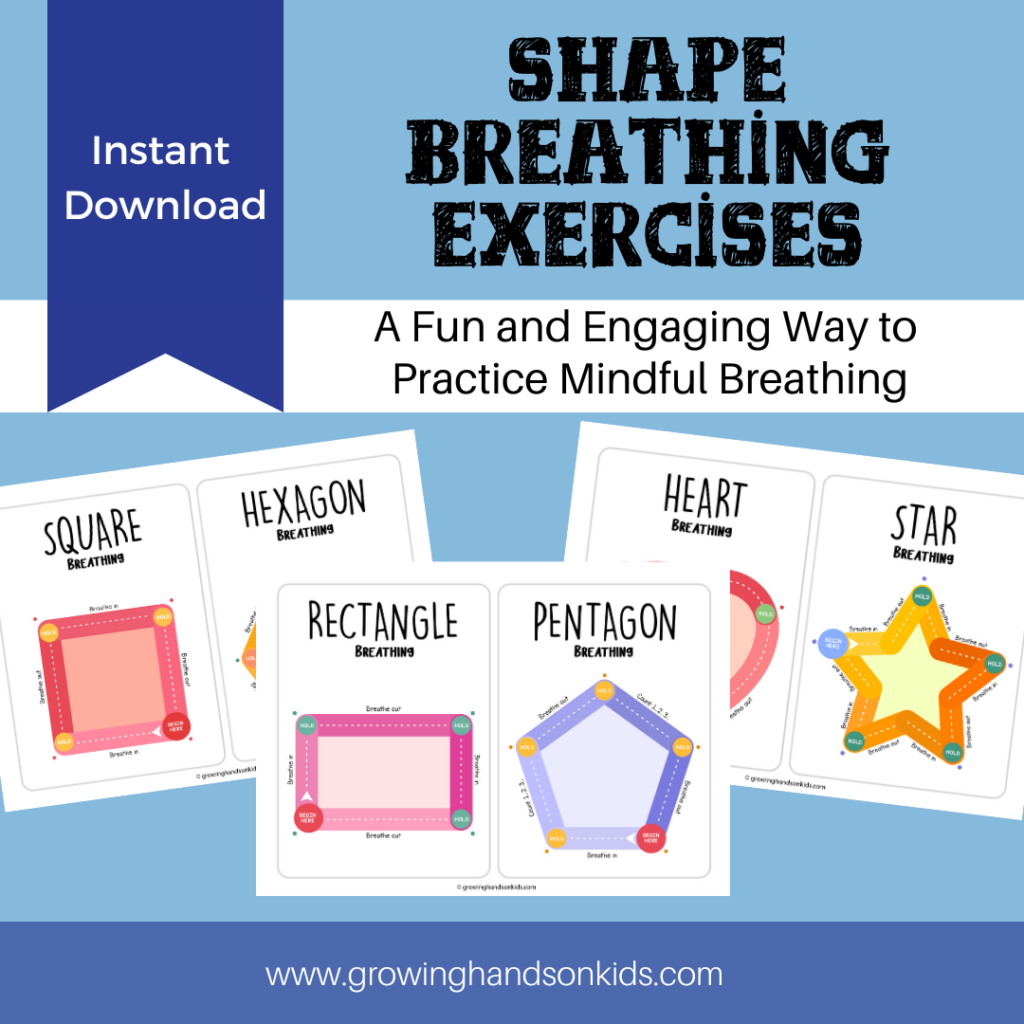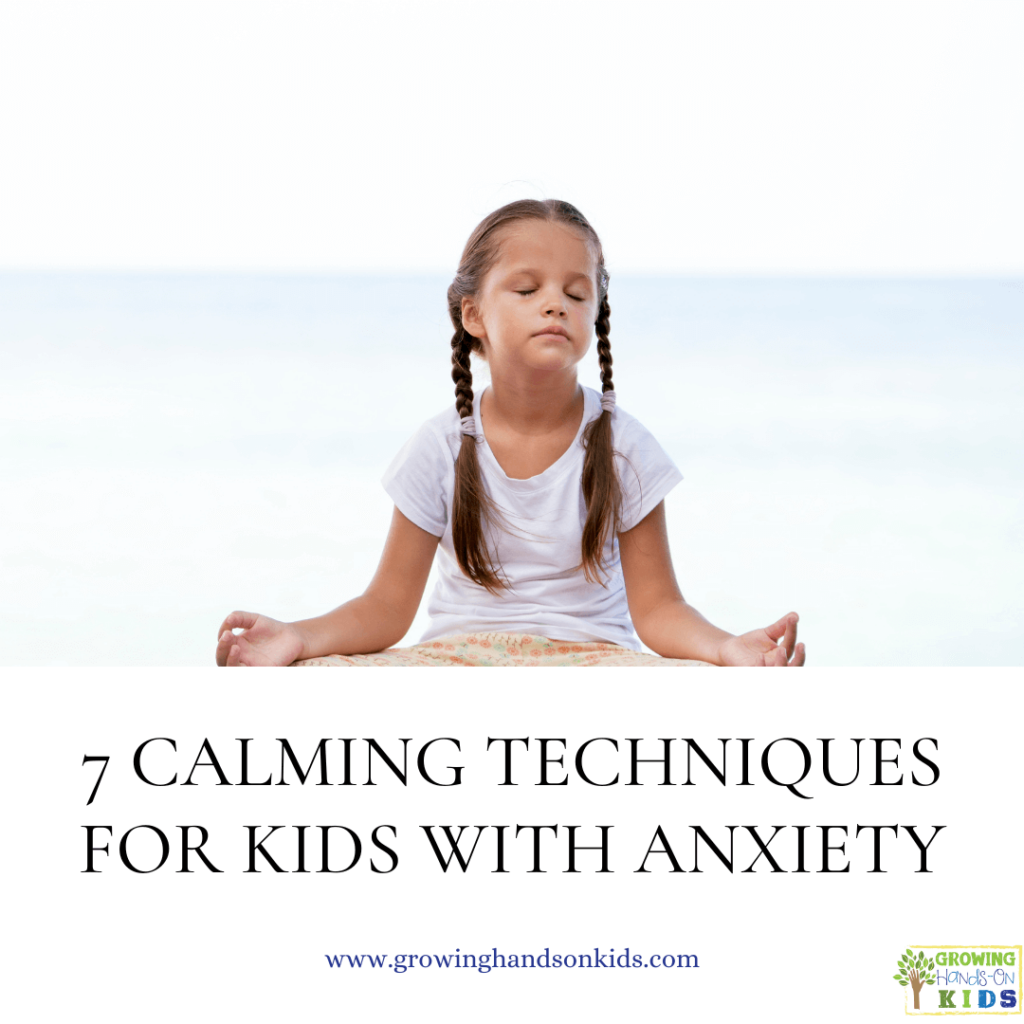Shape Breathing Exercises: A Fun and Engaging Way to Practice Mindful Breathing
Affiliate and Referral links are used below to promote products I love and recommend. I receive a commission on any purchases made through these links. Please see my disclosure policy for more details. As an Amazon Associate, I earn from qualifying purchases.
Mindful breathing is a great tool for relaxation, focus, and emotional regulation. For children, making breathing exercises fun and engaging can enhance their effectiveness. Shape breathing is a creative approach that combines deep breathing with visual shapes, making it easy to follow and understand.
Check out the free printable at the end of this page to add to your home, classroom, or therapy space.
What Is Shape Breathing?
Shape breathing involves tracing a shape—either with your finger, in your mind, or even in the air—while coordinating your breath with each part of the shape. This technique encourages controlled breathing patterns that help calm the nervous system and improve focus.
Different Shape Breathing Exercises
Each shape follows a specific breathing pattern, incorporating inhalation, exhalation, and holding the breath at different points. Here are some shapes and how to use them for mindful breathing:
🔲 Square Breathing
- Begin at one corner of the square.
- Breathe in as you trace one side.
- Hold your breath as you trace the next side.
- Breathe out while tracing the third side.
- Hold again as you complete the final side.
- Repeat as needed for relaxation and focus.
⬡ Hexagon Breathing
- Breathe in as you trace the first side.
- Hold your breath.
- Breathe out as you trace the second side.
- Hold your breath.
- Continue around each side breathing in, holding, and then breathing out.
- Repeat as needed for relaxation and focus.
This shape allows for extended, rhythmic breathing, which is ideal for deep relaxation.
⭕️ Circle Breathing
- Start at a point on the circle shape and breathe in deeply.
- Stop at the point and count to 3, while holding your breath.
- Breathe out as you trace your finger around the circle.
▭ Rectangle Breathing
- Start at a point on the rectangle and breathe in while tracing the first side.
- Hold the breath for 3 seconds and breathe out as you move along the second side.
- Continue around the rectangle breathing in, and then out.
🔺 Triangle Breathing
- Start at one point of the triangle.
- Breathe in as you trace up to the next point.
- Hold and count 1,2,3… as you continue down the 2nd side of the triangle.
- Breathe out as you continue to the end of the triangle.
This method is great for grounding and calming anxious energy.
❤️ Heart Breathing
- Start at the bottom point of the heart.
- Breathe in as you trace up one side.
- Hold your breath while counting to 3.
- Breathe out as you trace down the curve.
- Repeat on the other side.
Benefits of Shape Breathing
- Encourages mindfulness by bringing attention to the breath.
- Reduces stress and anxiety through controlled breathing.
- It enhances focus and concentration, making it great for kids in school settings.
- It Provides a visual guide, which helps beginners practice deep breathing effectively.
How to Use Shape Breathing in Daily Life
- In the classroom: Teachers can introduce shape breathing before tests or transitions.
- At bedtime: Parents can guide children through shape breathing to promote relaxation.
- During stressful moments: A quick shape breathing exercise can help reset emotions.
Shape breathing is a simple yet effective way to incorporate mindfulness into everyday life. Whether you’re a teacher, parent, or simply someone looking for relaxation techniques, this method is easy to implement and incredibly beneficial.
Free Shape Breathing Exercise Printable
Enter your email address into the box/form below for the free printable.
Subscribe to Growing Hands-On Kids for my weekly newsletter and get a free printable of the shape-breathing exercises.
When you subscribe to my email list, you'll also be the first to know about new printables or products I create and recommend.
If you have already subscribed to GHOK, don't worry, you aren't subscribing again. Entering your email below lets my email service provider know which printable download to send you. You will not receive duplicate emails from me in the future.
You May Also Like:

Heather Greutman, COTA
Heather Greutman is a Certified Occupational Therapy Assistant with experience in school-based OT services for preschool through high school. She uses her background to share child development tips, tools, and strategies for parents, educators, and therapists. She is the author of many ebooks including The Basics of Fine Motor Skills, and Basics of Pre-Writing Skills, and co-author of Sensory Processing Explained: A Handbook for Parents and Educators.



